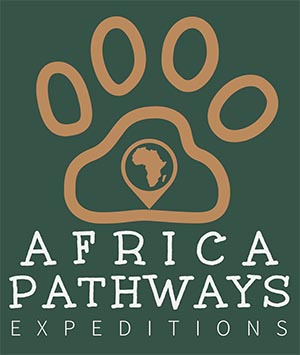
Physical preparation for Kilimanjaro
Once you have made the decision to climb Kilimanjaro there are some things that you can do beforehand to assist in ensuring you have a safe and successful climb.
- Train at altitude or at least test your abilities at altitude: The very best way to prepare for climbing to high altitude is to climb to high altitude. Although this is difficult for most people, remember that the higher the altitude and the longer the hikes, the better. Whether it be to hike 2,000 feet to the top of the local hill or climbing larger mountains further afield; just being out hiking uphill is the best. This also allows you to get used to your backpack and
- Talk to your Doctor or Physician about the state of your own health, perhaps do a health check and if over the age of 60 ensure you get the full support and approval from your Doctor or Specialist
- Fully disclose any past or present health issues with us, as well as any allergies or current
- Train your body: Running and biking are also very good and at least take you outdoors so you can test your Stair masters and climbing machines at the gym will work if outdoor hiking isn’t an option. Try not to go for short hard blasts of exercise but long sustained workouts instead. An adequate training regime is to maintain 80% of your max heart rate (220 minus your age) for an hour, three to four days a week.
- Train your mind: Remember high altitude mountain climbing requires acclimatization and a strong mind is as important as a strong
Safety when on the mountain
Kilimanjaro is a non-technical climb but goes to very high altitude so safety measures need to be taken very seriously. It is important to climb Kilimanjaro with an experienced leader and crew who are rigorously trained in high altitude issues, bring the necessary medical equipment, and have the skills to monitor their clients on a daily basis as well as having the backing of an experienced team on the ground who can handle all types of evacuations.
Our Trip Leaders are the most experienced on the mountain, our reputation of running expeditions is what sets us apart from the rest of companies. All Trip Leaders are certified Wilderness First Responders and their high mountaineering training goes far beyond the normal scope of just this wilderness specific first aid. Our leaders are trained to identify and carefully monitor developing high altitude issues and discuss them with you continually. They understand the importance of gathering all your health data when evaluating potential altitude sickness, not just relying on single factors such as the daily collected pulse oximeter data. For additional security we carry a Gamow bag (should be arranged in advance) which is a hyperbaric chamber and oxygen on all ascents to aid in safe and expedient evacuation to lower altitude, day or night even in adverse weather conditions.
On every climb we provide the following safety equipment:
Pulse Oximeter and twice daily report
A pulse oximeter is a non-invasive sensor device that is placed on the fingertip to monitor a person’s Oxygen saturation. Every morning and evening, each trip member uses the oximeter and the leader records the reading on a report. This allows our leaders to track everyone’s O2 history and help them identify the climbers who may be falling behind in acclimatization.
Emergency Oxygen
Each expedition departs with a 3 Litre canister of compressed pure oxygen that is administered in emergency situations only.
VHF radios, cell phone and HF radio or satellite phones.
Our leaders are in daily contact with our base in Arusha and give updates on each trip member’s progress up the mountain.
Wilderness First Responders training and beyond
Our leaders undergo extensive training to provide the safest Kilimanjaro climbs. Every year we operate an annual Wilderness First Responder (WFR) and Wilderness First Aid (WFA) training in Arusha, Tanzania. This certification is critical for all professional guides (and we consider it mandatory for our Kilimanjaro guides). The WFR course is well known internationally and often regarded as the world standard in outdoor medical care. Our leaders closely monitor each climber’s health as they make their ascent. Our leaders are trained to detect early signs of altitude sickness and are well versed in protocols for emergency evacuation. Our goal is to make you as safe as possible so you can relax and enjoy the climb experience.








